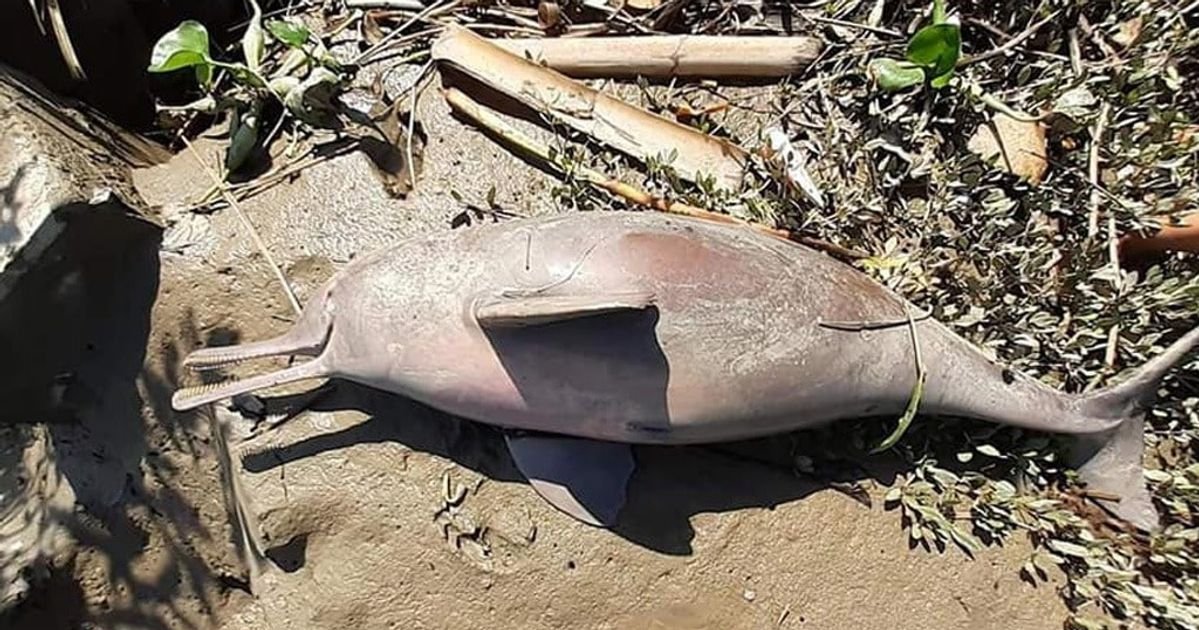HT Digital
August 5, Monday: The proposed ring road project in Guwahati has sparked environmental concerns as it is set to affect 51 hectares of the Amchang Wildlife Sanctuary. This development has led to debates on the balance between infrastructure growth and conservation efforts in the region.
The Amchang Wildlife Sanctuary, known for its rich biodiversity and home to several endangered species, is a vital ecological zone in Assam. The ring road project, aimed at reducing traffic congestion and improving connectivity in Guwahati, will cut through a significant portion of this protected area, raising alarms among environmentalists and wildlife enthusiasts.
The project has been met with mixed reactions. While the government and proponents argue that the ring road is essential for the city’s infrastructure development and economic growth, conservationists highlight the potential damage to the sanctuary’s delicate ecosystem. They warn that the intrusion could lead to habitat loss, fragmentation, and increased human-wildlife conflict.
Environmentalists are calling for a thorough impact assessment and the exploration of alternative routes that would minimize damage to the sanctuary. “We understand the need for development, but it should not come at the cost of our precious wildlife and natural heritage. There must be a way to achieve both goals without compromising on either,” said a local conservationist.
In response to the concerns, government officials have assured that they will take necessary measures to mitigate the environmental impact. They emphasized that the project would include provisions for wildlife corridors and other mitigation strategies to reduce the adverse effects on the sanctuary.
The Amchang Wildlife Sanctuary ring road project highlights the ongoing challenge of balancing development with environmental conservation. As discussions continue, stakeholders are hopeful for a solution that accommodates both the region’s infrastructure needs and the preservation of its natural treasures.
The outcome of this project will be closely watched by both development advocates and conservationists, as it could set a precedent for how similar conflicts are addressed in the future.







